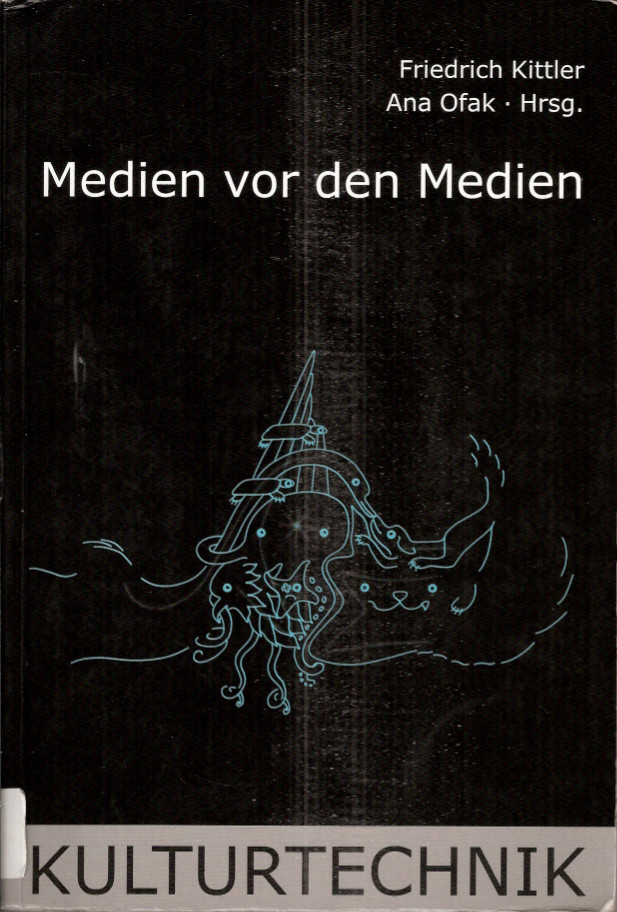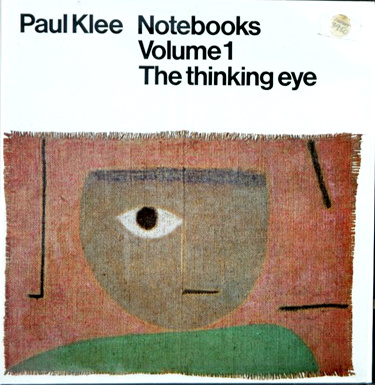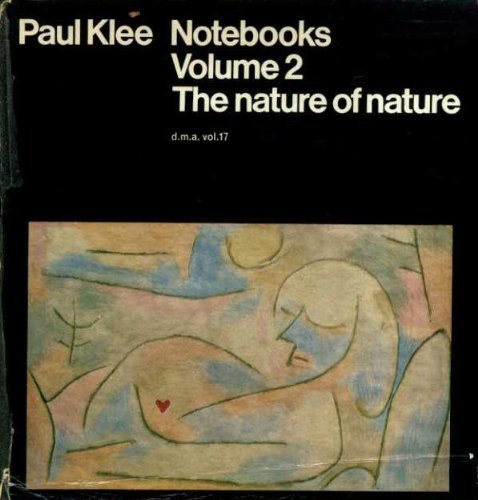David Freedberg: The Eye of the Lynx: Galileo, His Friends, and the Beginnings of Modern Natural History (2002)
Filed under book | Tags: · animal, art history, astronomy, botany, data visualisation, empiricism, history of science, image, natural history, nature, plants

“Some years ago, David Freedberg opened a dusty cupboard at Windsor Castle and discovered hundreds of vividly colored, masterfully precise drawings of all sorts of plants and animals from the Old and New Worlds. Coming upon thousands more drawings like them across Europe, Freedberg finally traced them all back to a little-known scientific organization from seventeenth-century Italy called the Academy of Linceans (or Lynxes).
Founded by Prince Federico Cesi in 1603, the Linceans took as their task nothing less than the documentation and classification of all of nature in pictorial form. In this first book-length study of the Linceans to appear in English, Freedberg focuses especially on their unprecedented use of drawings based on microscopic observation and other new techniques of visualization. Where previous thinkers had classified objects based mainly on similarities of external appearance, the Linceans instead turned increasingly to sectioning, dissection, and observation of internal structures. They applied their new research techniques to an incredible variety of subjects, from the objects in the heavens studied by their most famous (and infamous) member Galileo Galilei—whom they supported at the most critical moments of his career—to the flora and fauna of Mexico, bees, fossils, and the reproduction of plants and fungi. But by demonstrating the inadequacy of surface structures for ordering the world, the Linceans unwittingly planted the seeds for the demise of their own favorite method—visual description-as a mode of scientific classification.
Profusely illustrated and engagingly written, Eye of the Lynx uncovers a crucial episode in the development of visual representation and natural history. And perhaps as important, it offers readers a dazzling array of early modern drawings, from magnificently depicted birds and flowers to frogs in amber, monstrously misshapen citrus fruits, and more.”
Publisher University of Chicago Press, 2002
ISBN 0226261476, 9780226261478
513 pages
Review (Peter Campbell, London Review of Books)
Review (Eileen Reeves, The Art Bulletin)
Review (Pamela O. Long, Technology and Culture)
Review (Steven F. Ostrow, The International History Review)
Review (The New York Review of Books)
Review (PD Smith, The Guardian)
PDF (134 MB, updated on 2016-9-18)
Comment (0)Friedrich Kittler, Ana Ofak (eds.): Medien vor den Medien (2007) [German]
Filed under book | Tags: · architecture, cultural techniques, image, literature, media, media theory, mediality, music, music history, philosophy, sound, time

“Das Dazwischen (to metaxy) macht das Sehen und Hören, die Erkenntnis und die Liebe erst möglich – das überliefern uns Texte der Antike. Die Medien prägen so unser Wissen und verstören unsere Sinne seit jeher. In der deutschen Medienwissenschaft ist es fast zur Selbstverständlichkeit geworden, nur heutige oder doch neuzeitliche Medien zu erforschen. Nun geht aber schon der Begriff “Medium” auf die griechische Antike zurück. Eben diesem Sachverhalt sucht der Band Medien vor den Medien gerecht zu werden. Vom Feuertelegraphen zur Ontologie, vom Marienglas zur sakralen Lichtarchitektur und immer wieder vom Ton zum Bild. Da die Medien der Antike zunächst zur Sprache kommen, wird es möglich, Brücken zu anderen Wissenschaftskulturen und in jene Neuzeit zu schlagen, die unseren kurrenten Begriff physikalischer und technischer Medien prägt. Das Buch richtet sich an Philosophen, Kunst-, Kultur- und Medienwissenschaftler.”
Publisher Fink, Munich, 2007
Kulturtechnik series
ISBN 3770542843, 9783770542840
282 pages
via adorno77
Cultural techniques at Monoskop wiki
PDF (53 MB, no OCR, updated on 2020-4-20)
Comment (0)Paul Klee Notebooks, vol. 1: The Thinking Eye (1956–) & vol. 2: The Nature of Nature (1970–)
Filed under book | Tags: · art, art education, art theory, bauhaus, design, image, pedagogy


Paul Klee Notebooks is a two-volume work by Paul Klee that collects his lectures at the Bauhaus schools in 1920s Germany and his other main essays on modern art. These works are considered so important for understanding modern art that they are compared to the importance that Leonardo’s A Treatise on Painting had for Renaissance; Herbert Read called the collection “the most complete presentation of the principles of design ever made by a modern artist – it constitutes the Principia Aesthetica of a new era of art, in which Klee occupies a position comparable to Newton’s in the realm of physics.”
The final work was edited by Swiss artist Jürg Spiller. In an earlier 1925 shorter book, Pedagogical Sketchbook, Klee published a condensation of his lectures at the Weimar Bauhaus. (from Wikipedia)
Volume 1
First published as Das bildnerische Denken, Schwabe & Co., Basel, 1956
Translated by Ralph Manheim
Edited by Jürg Spiller
Publisher Lund Humphries, London, 1961
541 pages
Volume 2
First published as Unendliche Naturgeschichte, Schwabe & Co., Basel, 1970
Translated by Heinz Norden
Edited by Jürg Spiller
Publisher Lund Humphries, London, 1973
454 pages
Volume 1: The Thinking Eye (42 MB, updated on 2019-12-25)
Volume 2: The Nature of Nature (49 MB, updated on 2019-12-25)
See also Klee’s class notes in manuscript (1921-31) and his Pedagogical Sketchbook (1925–).
Comments (6)
